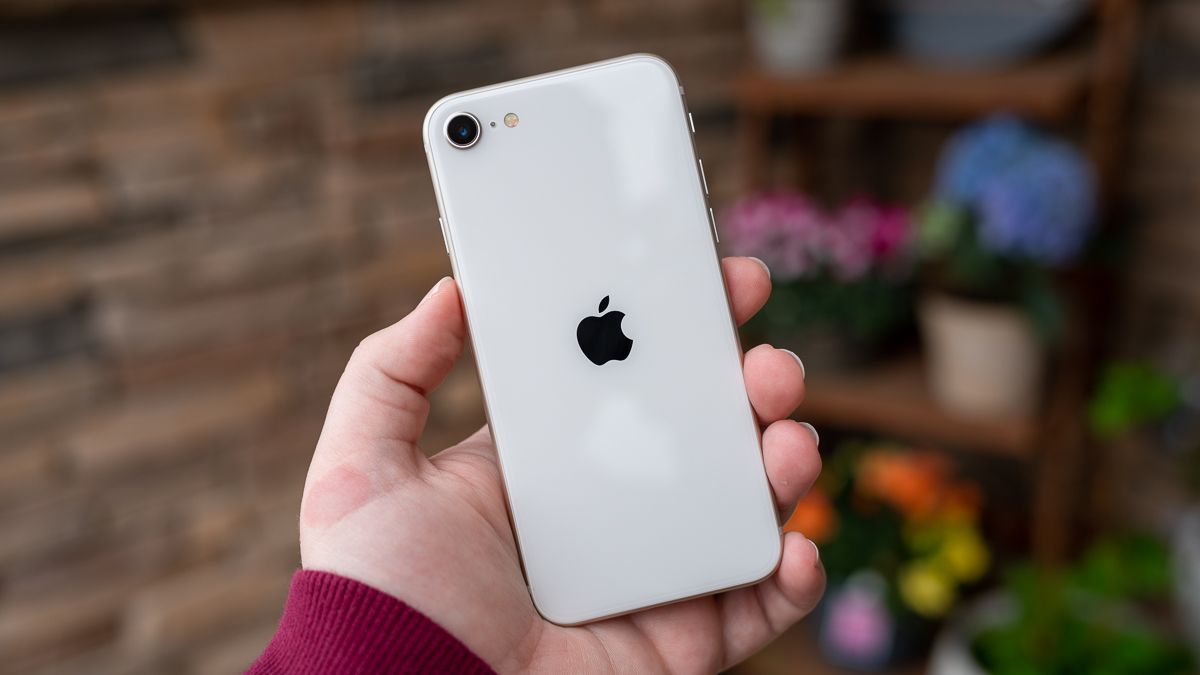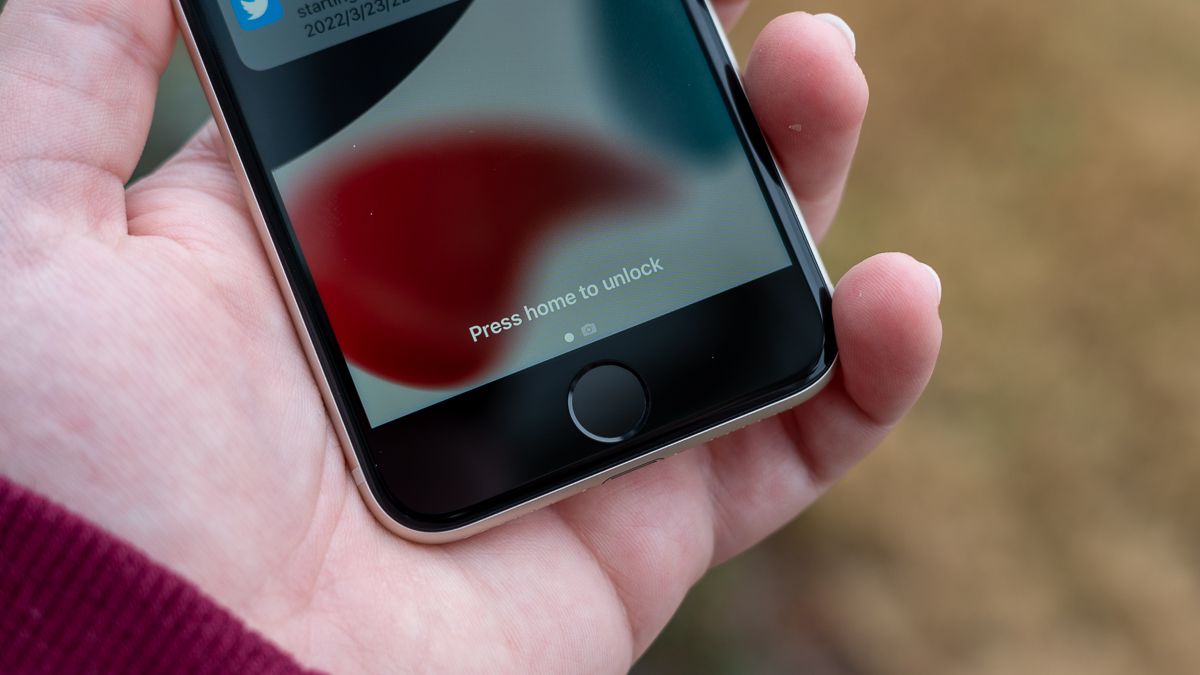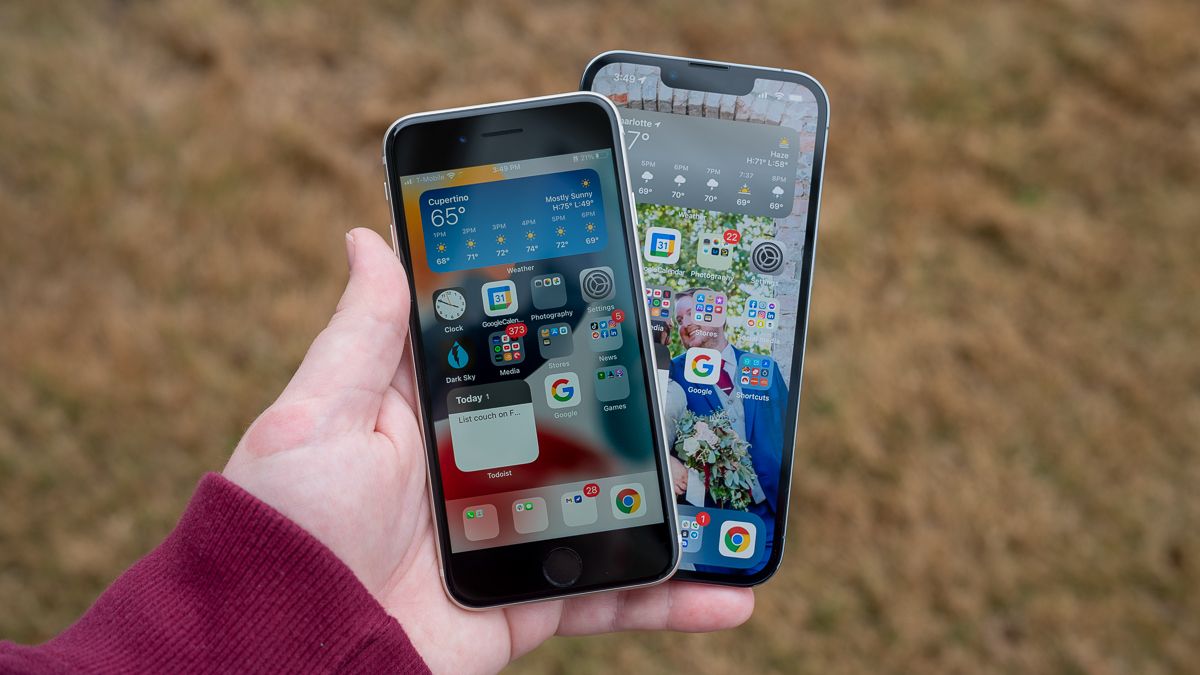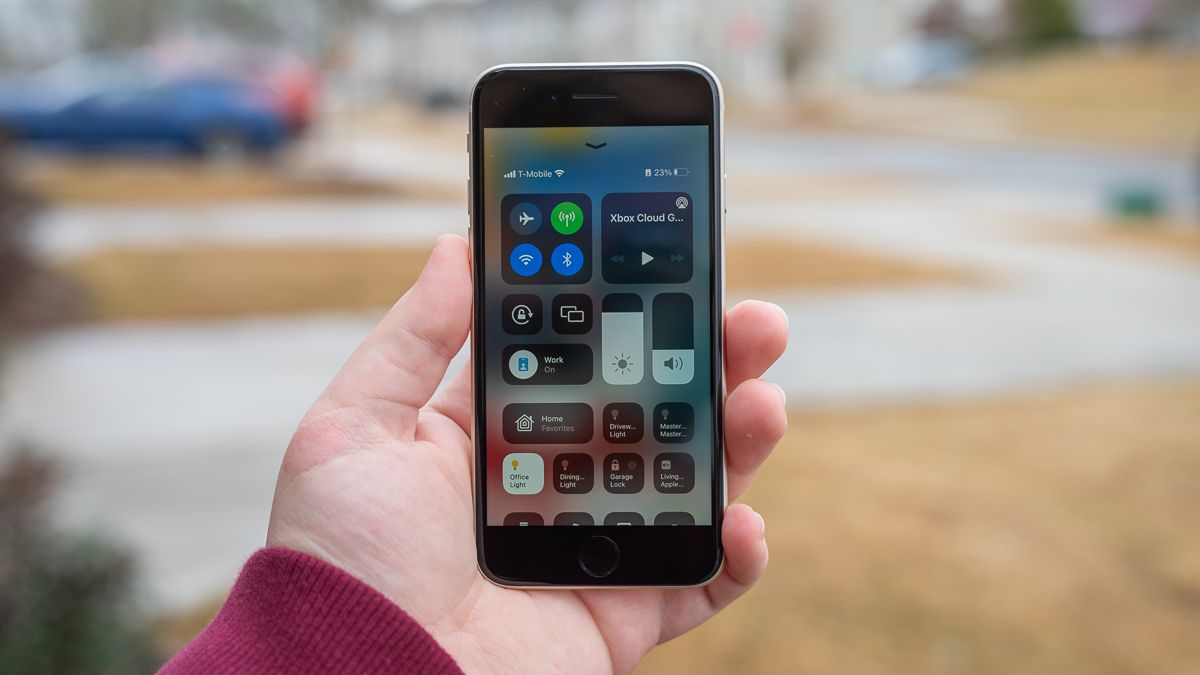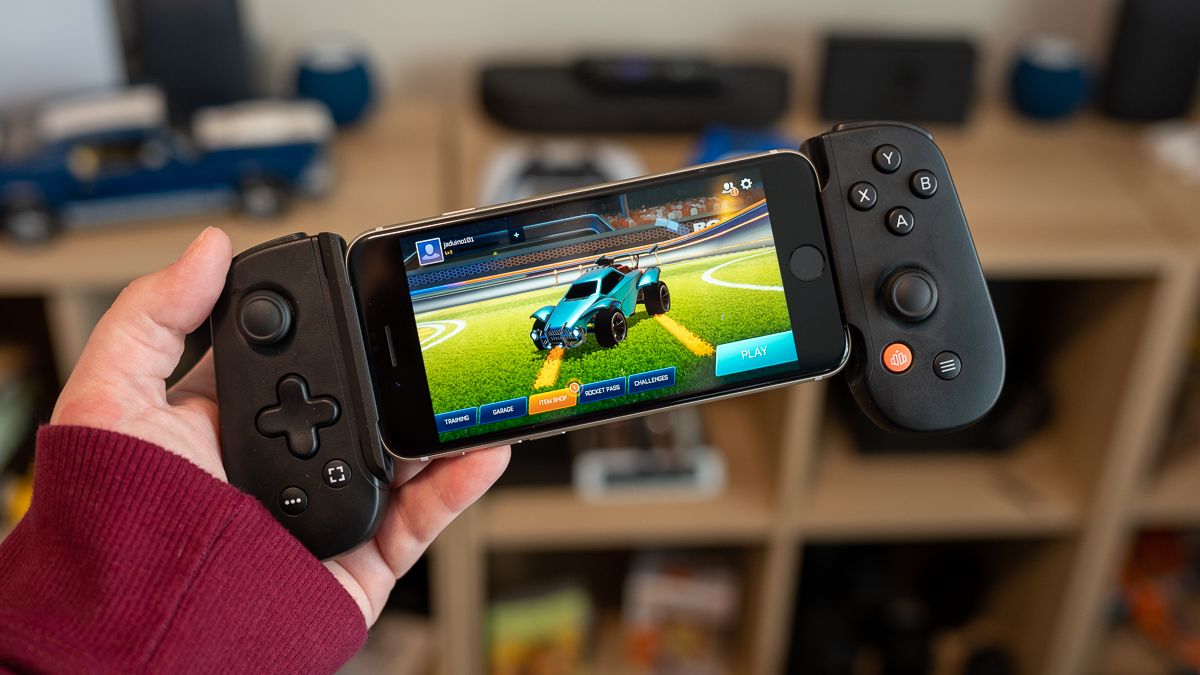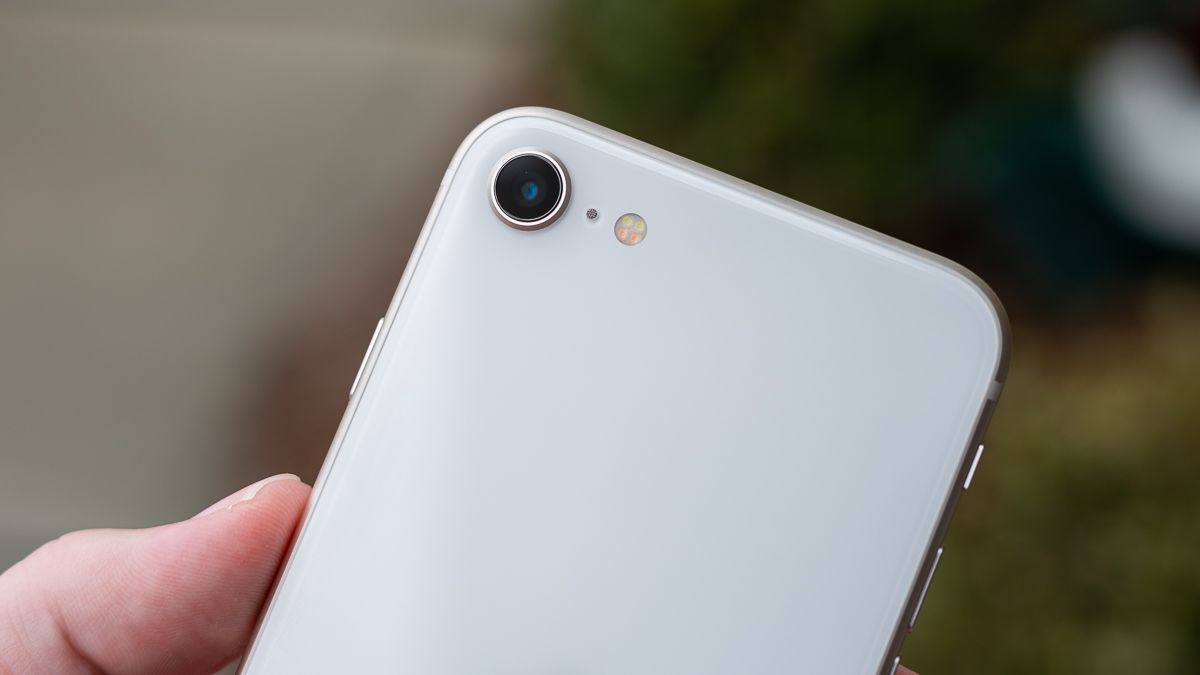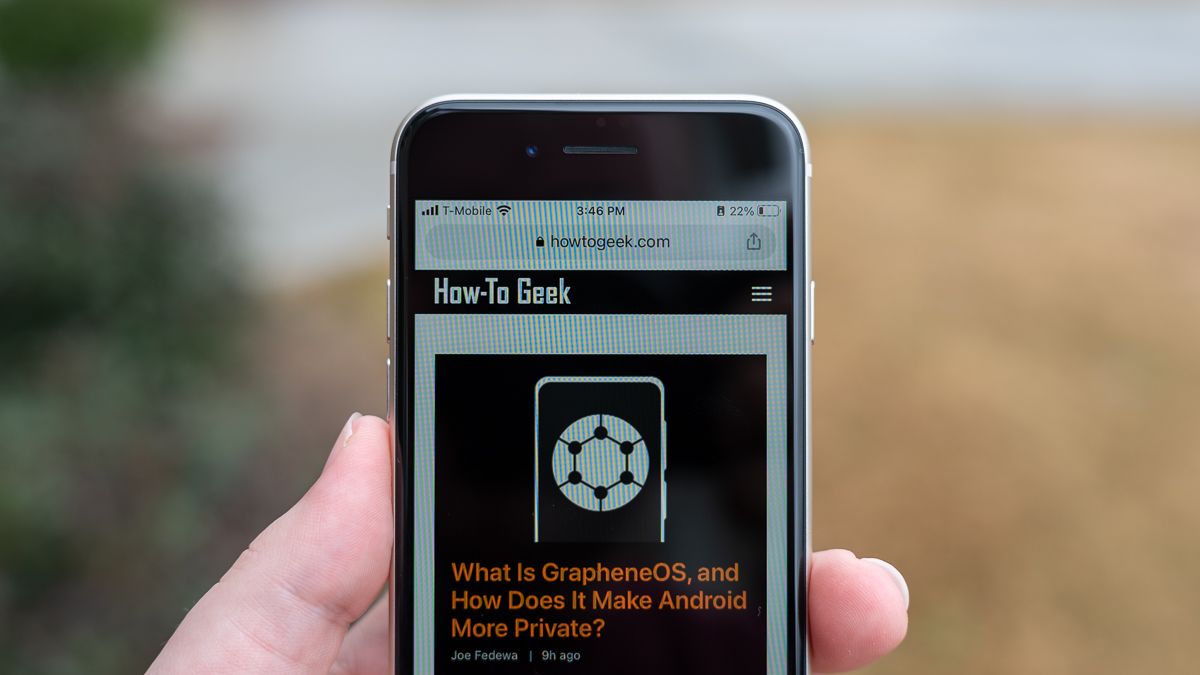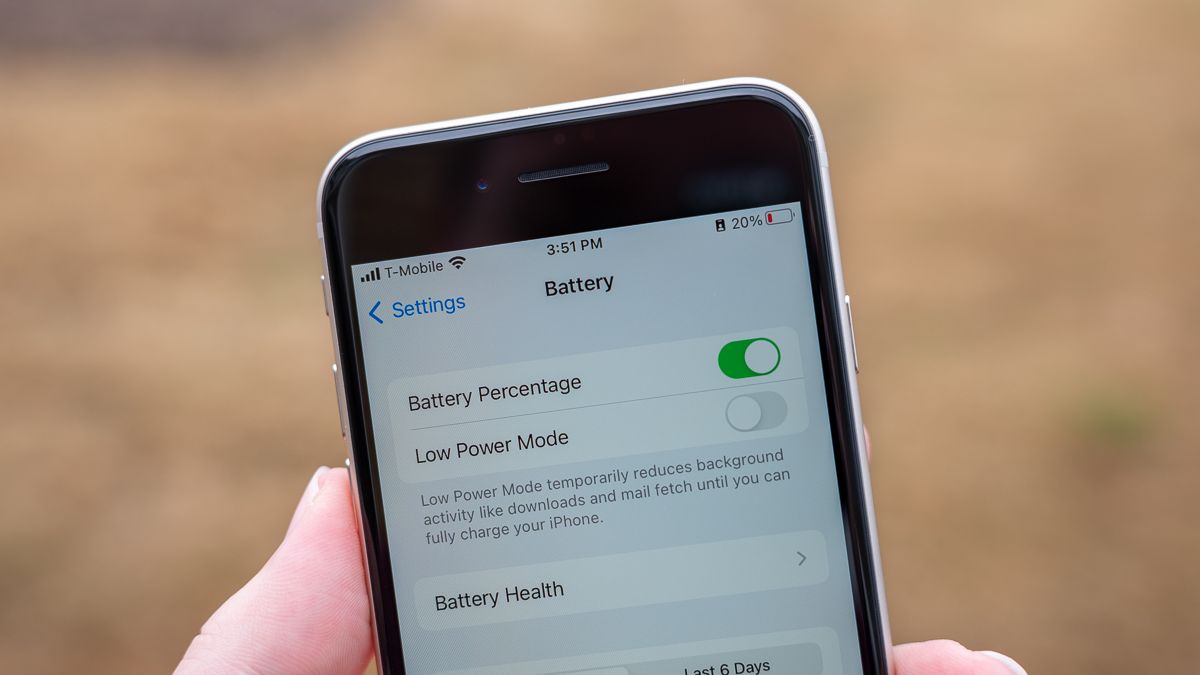Quick Links

Apple's third-generation iPhone SE (released in March 2022) stands out from the company's family of smartphones, not only because of its budget-friendly price, but also its outdated design. Although it's hard to recommend a phone that's lacking so much, it's perfect for a very select audience.
The iPhone SE is a mesh of both current and past iPhones. Basically, you get the form factor (which includes a Touch ID fingerprint sensor) of the iPhone SE (2020) and the brains and processing power of the top-of-the-line iPhone 13. It's the best of both worlds if you're not looking for the cutting edge.
Unfortunately, Apple had to cut corners to keep the phone's price below $500. This means you'll miss out on camera performance, a high-definition display, and other features found on other mid-tier and budget smartphones.
Here's everything you need to know about the iPhone SE (2022) before buying one for yourself or a loved one.
I have spent the last seven days using the iPhone SE (2022) as my daily driver for this review. The handset was running iOS 15.4, included 128GB of storage, and was purchased by How-To Geek's parent company, LifeSavvy Media.
Hardware and Design: Premium but Aging
- 67.3 x 138.4 x 7.3mm, 144g
- Lightning Port, No Headphone Jack
- Front-Facing Touch ID Fingerprint Sensor
- IP67 Water and Dust Resistant
The iPhone SE (2022) is instantly recognizable if you've ever used an iPhone 8, second-gen iPhone SE, or any 2017-era Apple smartphone. It has a solid, thin, and rounded frame design that feels premium in hand, even though it seems like a device of the past.
This metal-framed phone is sandwiched between two pieces of glass, providing the look and feel that we've all become familiar with. The large bezels, forehead, and chin surrounding the display are what ages the iPhone. No matter the price point, most devices have pushed the screen closer to the edges of the phone and minimized the black bezels.
Of course, Apple couldn't change much regarding the screen-to-bezel ratio because the iPhone SE retains the Touch ID fingerprint sensor. The physical sensor that sits on the phone's surface, which also acts as a Home button, takes up a ton of real estate. Until Apple adopts under-display fingerprint sensors, there's not much that the company can do to modernize the look of this budget handset.
There are two other features found in a growing number of phones missing from the iPhone SE (2022): mmWave 5G and Ultra Wideband support. The first is something you will most likely never miss as, at the time of writing, you can only enjoy mmWave while standing within eyeshot of a 5G tower that offers the frequency. These can be found mostly in large cities and some sports stadiums.
The second means you won't be able to locate devices such as AirTags in a given space. Ultra Wideband, which uses Apple's U1 chip, allows you to use radio waves to pinpoint the exact location of supported objects. Of course, you can still use your iPhone to activate an AirTag's speaker to help you find it.
Lastly, the iPhone SE is missing the Ceramic Shield display found on modern iPhones. This exclusion isn't the end of the world (and most won't notice a difference), but if dropped, there's a higher chance that the iPhone SE's screen might crack. It's probably best that you grab a case if you're worried about any damage that might come
Display: The Weakest Link
- 4.7-inch LCD Display
- 1,334 x 750px, 326ppi
- 625 Nits Peak Brightness
There's no getting around this: the screen is the worst part of the iPhone SE. It's a cramped 4.7-inch LCD that barely offers better than 720p resolution. This combination leads to smaller on-screen text and buttons with tiny touch targets.
If you're coming from the second-gen iPhone SE from 2020, you'll find that nothing has changed. It's the same 16:9 display with the exact resolution. Anyone coming from a flagship iPhone will instantly notice a downgrade in color accuracy and sharpness.
Additionally, open some of your favorite apps, whether those are social media apps such as Facebook or Twitter or a game like Call of Duty, and you'll find that the companies have started designing interfaces for larger screens with more pixels. Text is cramped, harder to read, and it makes for a less than pleasing viewing experience.
In all, the screen isn't horrible to use, but the display might be a dealbreaker if you plan on using this phone for the next three to four years. It's already outdated at launch, and it'll only look worse compared to other devices in the years to come.
Performance and Software: Flagship-Level
- A15 Bionic CPU, 6-core with 2 performance and 4 efficiency cores
- 4-core GPU
- 16-core Neural Engine
- 4GB of RAM
iOS, the operating system found on all iPhones, is nearly identical in appearance and performance on any modern Apple smartphone. You won't find any surprises here unless you've never used an iPhone or iPod Touch.
The interface is still centered around home pages with app shortcuts and widgets, with additional widgets to the left and the App Library to the right. It's a simplistic setup that doesn't offer too much customization but is easy enough for anyone to understand and use.
If you're coming from an iPhone that includes Face ID (iPhone X or newer), you'll have to reacquaint yourself with some aspects of iOS. Some features, like Control Center, are found in different places.
For example, on newer iPhones, you can find the quick settings panel by swiping down from the right side of the front-facing camera notch. But on the iPhone SE, just like with older Touch ID phones, you open the panel by swiping up from the bottom of the screen.
As far as performance is concerned, the iPhone SE (2022) handled everything I threw at it without issue. Want to play a game from the App Store? You can expect smooth playback, zero dropped frames, and an enjoyable experience. Need to edit a document or want to surf the internet? The iPhone can do that in its sleep.
We ran Geekbench 5 on the iPhone SE and compared it to the iPhone 13 Pro if you're looking for benchmark scores. As you might expect, since the A15 Bionic CPU powers both handsets, the scores were nearly identical. The iPhone SE (2022) had 1734 single-core and 4549 multi-core scores. The iPhone 13 Pro received a 1723 single-core score and a 4650 multi-core score.
The inclusion of Apple's top-of-the-line CPU is the iPhone SE's saving grace. Most $500 budget smartphones run slower and/or older processors that age faster, resulting in you needing to upgrade sooner. Having the A15 Bionic means the iPhone SE is comparable to flagship smartphones in performance and longevity.
Cameras: Gets the Job Done
I can sum up the iPhone SE (2022)'s cameras in one statement: you get what you paid for. Under perfect conditions, the phone can take stunning pictures and record videos that look better than that from most Android devices. But push the handset a little, and quality starts to degrade.
Rear Camera
- 12MP Wide Camera
- ƒ/1.8 Aperture
- Up to 4K Video Recording
The single 12MP rear camera is the same sensor as that found on the iPhone SE (2020). There is no secondary lens for taking telephoto or ultra-wide photos. Instead, you'll have to rely on optical zoom (up to 5x) if you want a different perspective.
Looking through the photo samples below, you'll find that good light conditions lead to solid images. The shots of the sign and flowers were all taken on my porch, where the sun wasn't beating down on the scene. Here, the iPhone SE (2022) captured the color of each subject accurately.
Move out to where the sun played a more significant influence, and you start to see some decline in quality. For example, the "Smart HDR" feature is pushed to its limits when trying to take a photo of an over or under-exposed scene (such as the neighborhood and shrub images).
The most disappointing photos are those taken at night. Apple, for some reason, did not include a Night mode, resulting in grainy and murky-looking images. Well-lit areas retain a decent amount of detail, but anything in the shadows will resemble a watercolor painting.
Front-Facing Camera
- 7MP Camera
- ƒ/2.2 Aperture
- 1080p HD Video Recording
The front-facing camera on the iPhone SE (2022) is also excellent in most lighting conditions. The 7MP sensor does a good job capturing details of both the subject and the background. Color accuracy can sometimes be a problem with selfie cameras on other phones, but I didn't experience those issues with the iPhone SE.
The iPhone SE also retains Apple's ability to take some of the best Portrait mode photos. Unlike many of its competitors, the fake bokeh (blurred background) effect doesn't include an overly noticeable halo around my head. It's not perfect, though, as you can see by how the phone melted some of my wind-blown hair into the background.
Battery Life: It'll Get You Through the Day
- 2,018mAh Battery
- 20W Wired Charging, 7.5W Wireless Charging
- Qi Wireless Charging, No MagSafe
Small phones mean small batteries. Fortunately, Apple is great at battery management, so you don't have to sacrifice all-day usage just because you chose the company's smallest smartphone.
During my testing, I saw an average of seven to eight hours of battery life while on Wi-Fi and five to six hours while on cellular. Turning off 5G would likely get you more juice while on the go.
Of course, all of this was with moderate use, such as scrolling through Twitter, browsing the web, and checking my email. Playing resource-heavy games and watching videos on TikTok and YouTube for extended periods caused my battery percentage to drop dramatically. I recommend buying a charger to top back up, especially since one no longer comes in the box.
Unfortunately, you won't find fast charging in the iPhone SE like you would on similar-priced Android handsets. The good news is that since the device has a physically smaller battery, it doesn't take too long to charge fully. Using a 20W or faster brick, you can expect to go from 0 to 50% charge in about half an hour while plugged in. Since Apple didn't bring MagSafe or its 15W wireless charging to the iPhone SE, you'll be stuck with 7.5W Qi charging.
Should You Buy the iPhone SE (2022)?
The third-generation iPhone SE is the total package if you want to hold onto the Touch ID fingerprint sensor and the 2017-era design of the second-gen iPhone SE but with modern internals. It's also perfect for those looking to get their kids their first smartphone or if you simply need a budget handset (and don't want to grab an Android).
The very fact that Apple has a track record of updating its devices for five to seven years and the inclusion of the A15 Bionic CPU found in the company's flagships means that this iPhone SE will stand the test of time. Its design and screen technology are both looking more and more outdated each day, but if that doesn't bother you, it's not a reason to avoid buying this phone.
But if you're looking at the iPhone SE because it's a small phone, I'd recommend the iPhone 13 Mini or the iPhone 12 Mini. Both phones are physically smaller than the iPhone SE (2022) but with modern (and slightly larger) displays, Face ID, and other niceties like MagSafe. Of course, the tradeoff is that you'll have to spend a couple hundred dollars more.
You can buy the iPhone SE in Starlight (pictured above), Midnight (Black), and (Product)Red. The base 64GB model starts at $429, but we'd recommend you spend a little extra for the 128GB or 256GB version, costing $479 and $579, respectively.
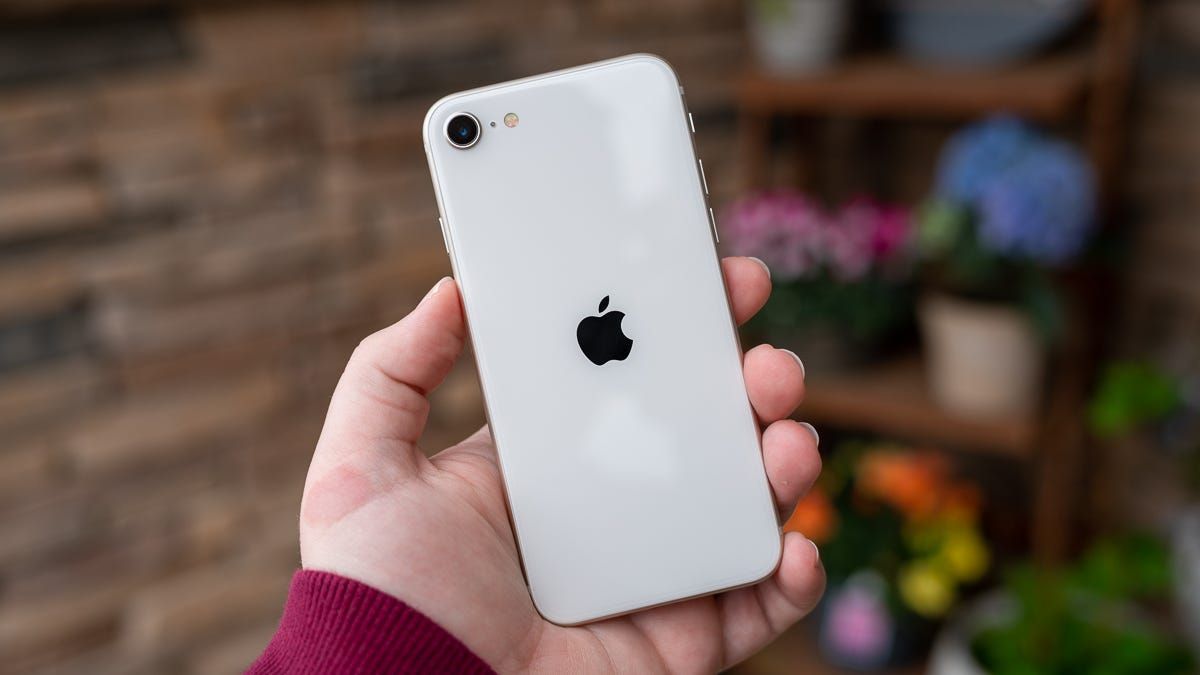
Apple iPhone SE (2022)
- Best-in-class performance
- Small form factor
- Cheapest iPhone available
- Outdated design
- Lackluster camera
- Only 64GB of storage in base model

